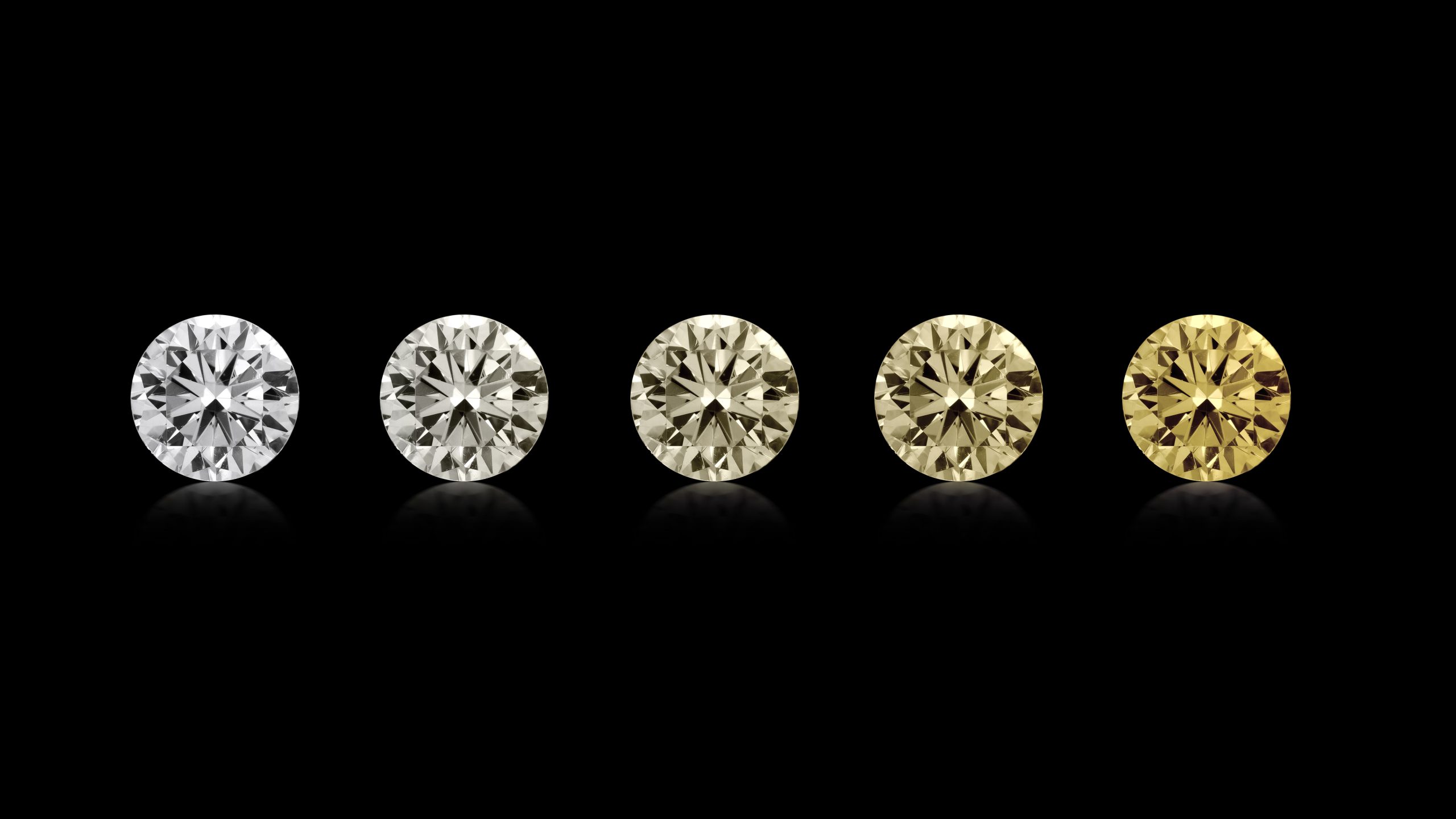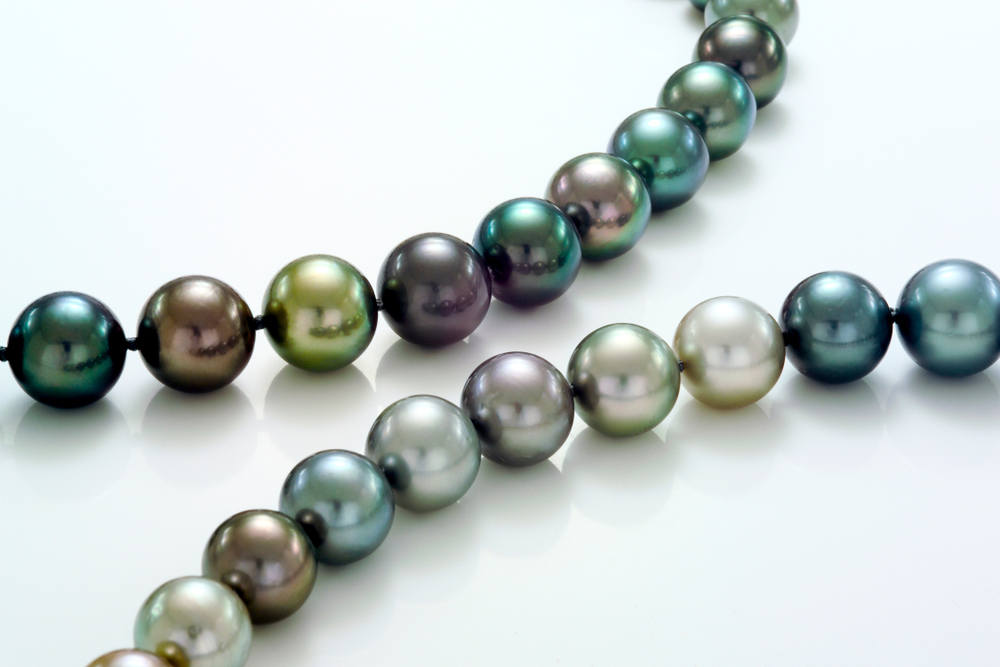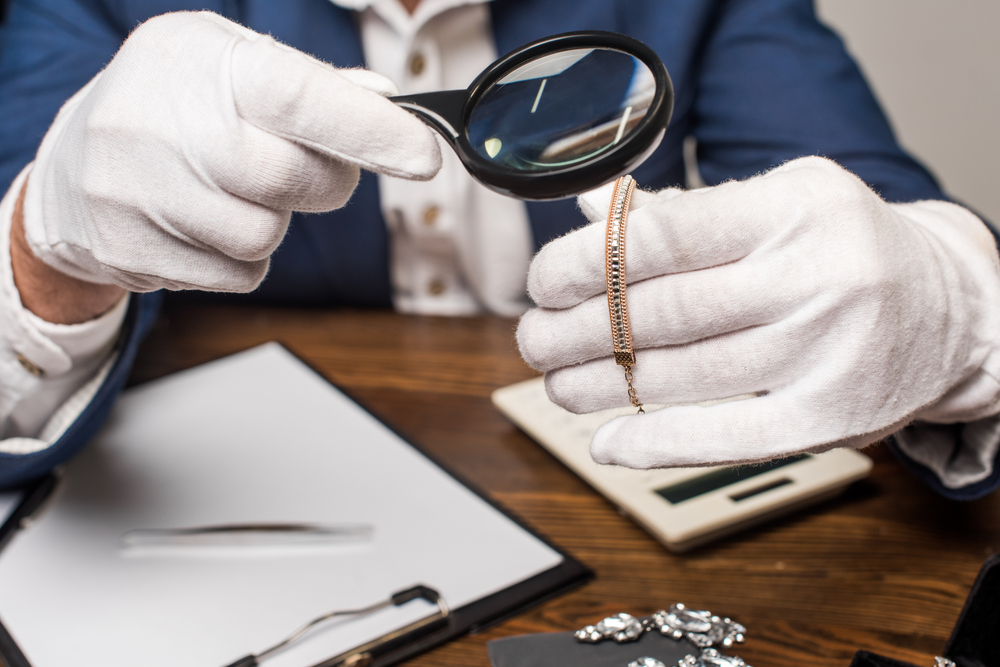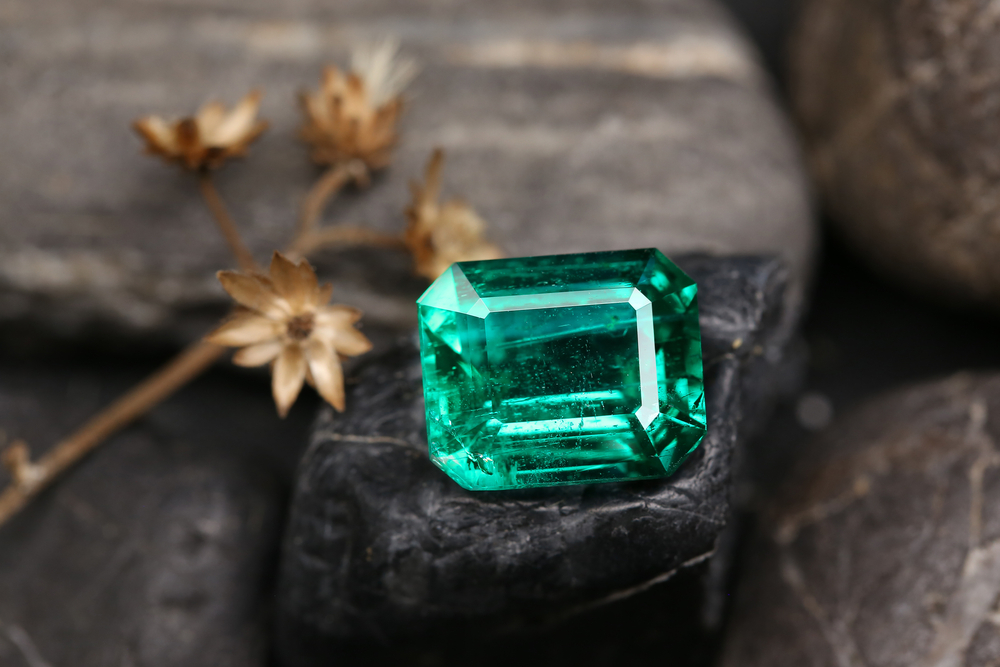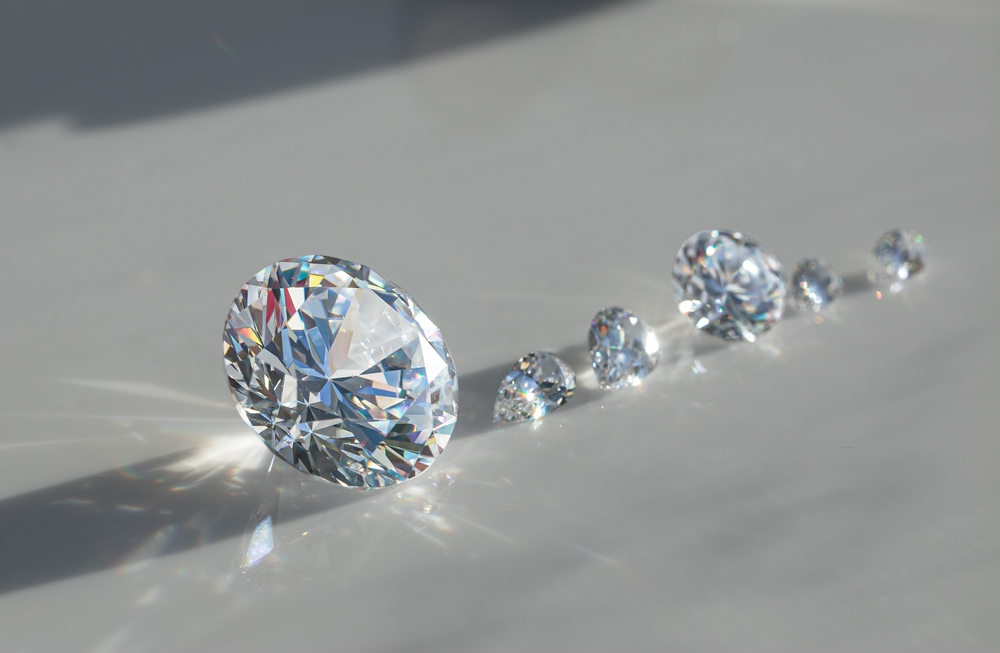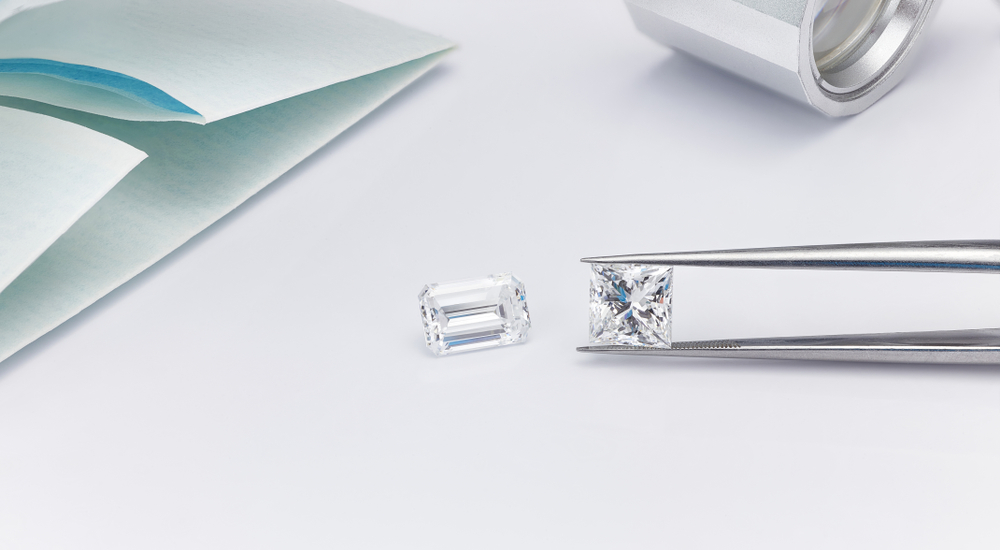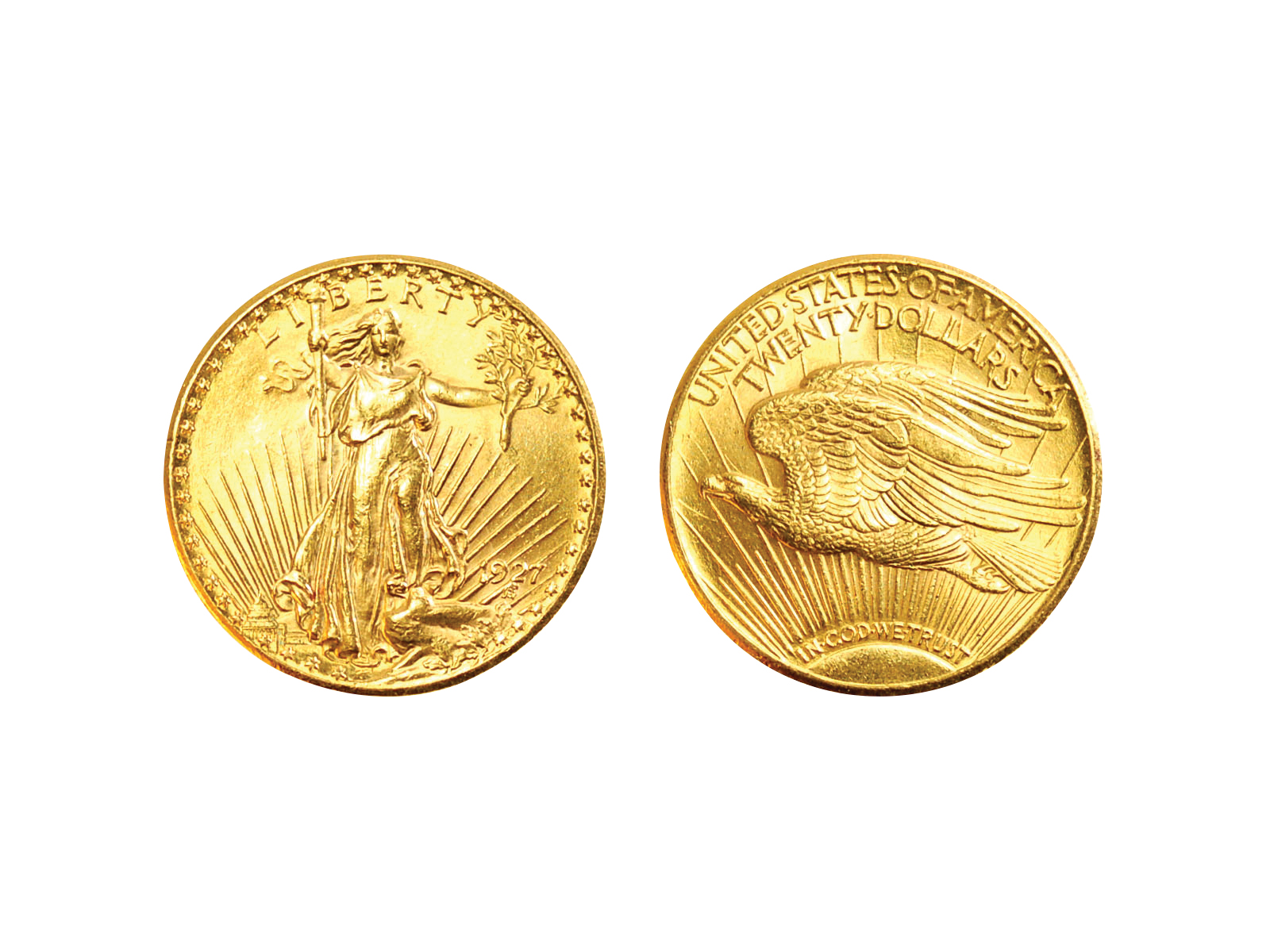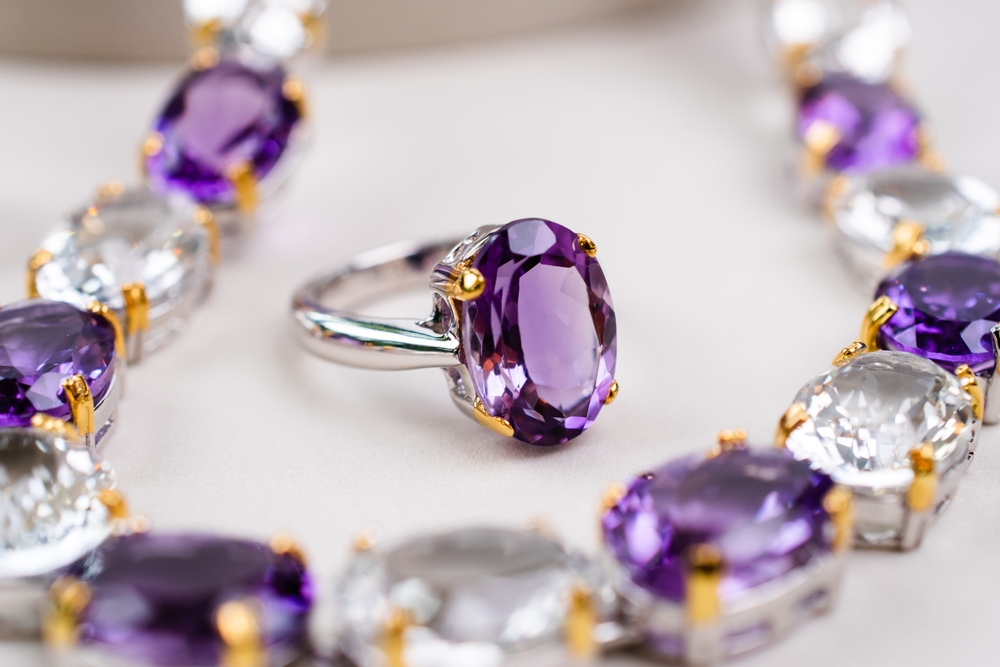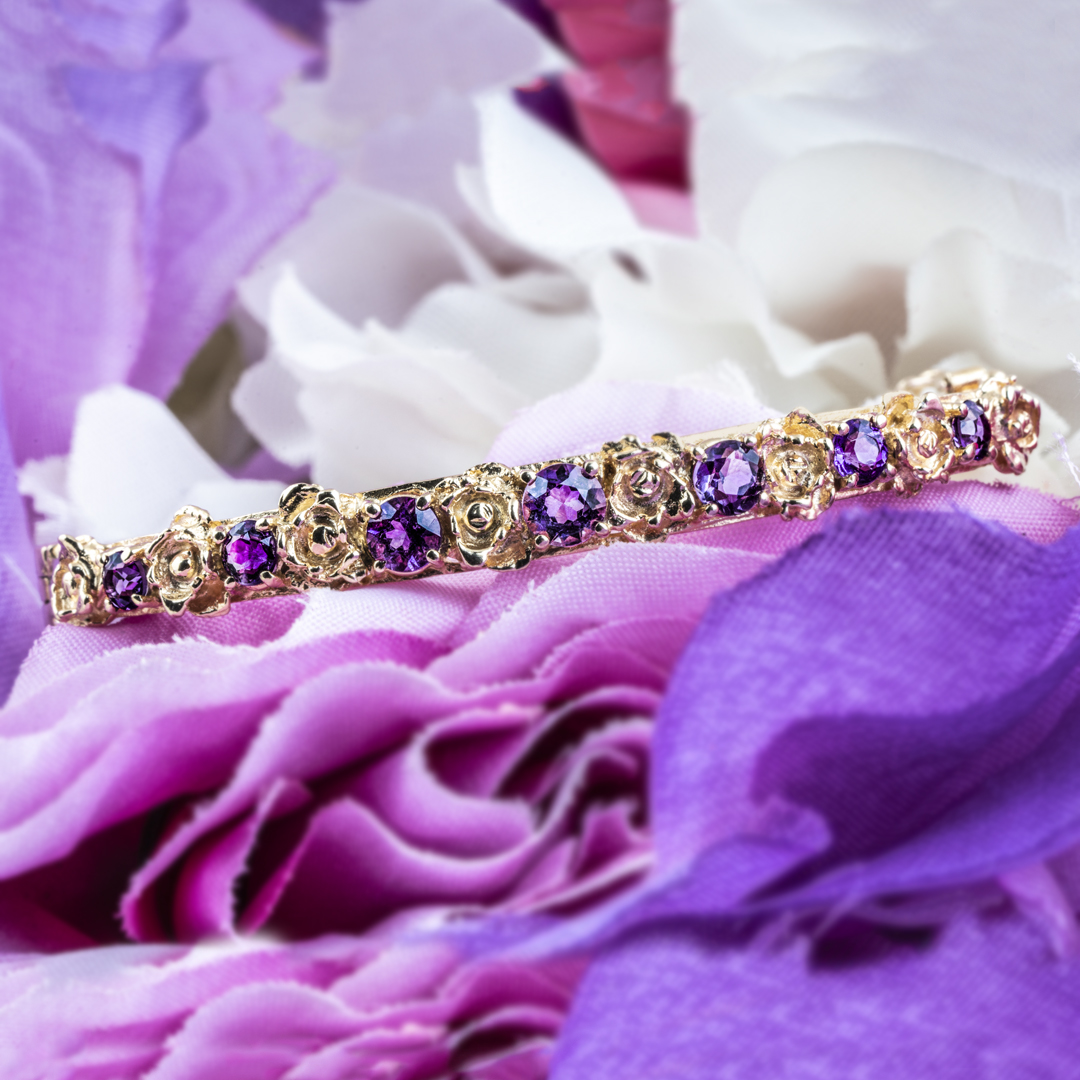The Enchanting Ruby: A Glimpse into Their History & Symbolism
As the birthstone for July, rubies have long fascinated people with their striking red color and deep meanings. Often referred to as the “king of gemstones,” rubies represent love, passion, and power. Their rich history and unique charm have made them one of the most cherished gems across cultures.
The Origins and Mystique of Rubies
The name “ruby” comes from the Latin word “ruber,” meaning red. Throughout history, rubies have been highly esteemed, particularly in ancient India, where they were honored as the “ratnaraj,” or “king of gems.” It was believed that offering a fine ruby to the god Krishna would grant one a rebirth as an emperor. In medieval Europe, rubies were treasured as talismans for health, wisdom, and success in love.
The Symbolic Power of Rubies
Associated with the sun, rubies are thought to embody life, energy, and warmth. Their vibrant red color has long been linked to feelings of passion, love, and strength. Historically, warriors wore rubies for protection in battle, while others believed that owning a ruby would bring peace and prosperity. The deep red of a ruby is also seen as a symbol of vitality, reminiscent of the blood coursing through our veins.

The Science of Rubies
Rubies belong to the corundum mineral family, which also includes sapphires. Their signature red hue comes from the presence of chromium, with shades ranging from light pinkish-red to deep crimson. On the Mohs scale of hardness, rubies score a 9, making them one of the most durable gemstones, second only to diamonds.
Where Rubies Are Found
Rubies are mined in several parts of the world, with Myanmar (formerly Burma) being the most famous source. Burmese rubies, particularly those from the Mogok Valley, are prized for their exceptional quality and the coveted “pigeon’s blood” red color. Other notable sources include Vietnam, Mozambique, Thailand, and Cambodia, each producing rubies with unique color variations.
Caring for Your Ruby
Many rubies undergo treatments to enhance their color and clarity. Heat treatment is the most common and is both stable and permanent, while fracture filling can improve the appearance of surface fractures. It’s essential to know the type of treatment your ruby has received when caring for it. Untreated or heat-treated rubies can be safely cleaned with warm soapy water.
If you’re looking for the finest in ruby jewelry, come visit Leo Hamel Fine Jewelry. If you want to get your rubies authenticated and certified through GIA, please give us a call or stop by the San Diego Gemological Lab.

